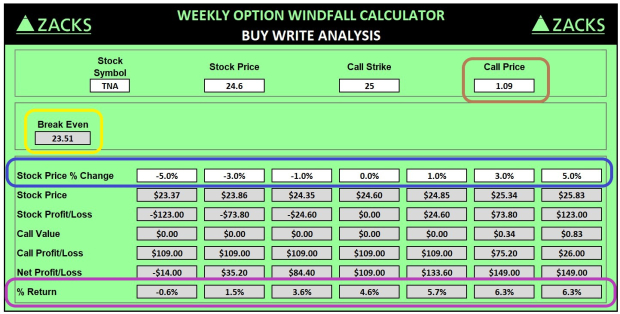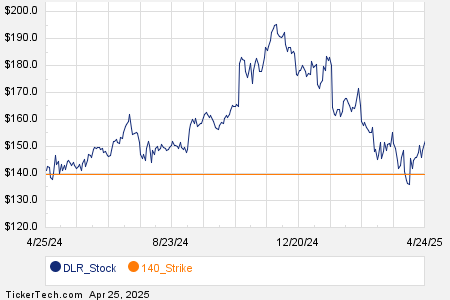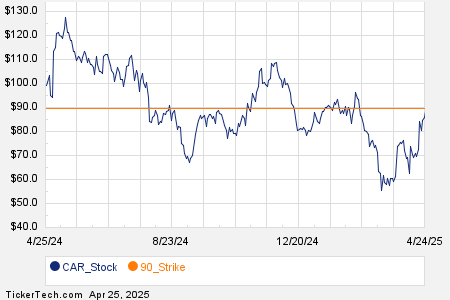Coffee Prices Struggle Amid Increased Supply and Weather Shifts
Arabica and Robusta Futures Slide to Multi-Week Lows
March arabica coffee (KCH25) today is down -5.70 (-1.78%), and March ICE robusta coffee (RMH25) is down -59 (-1.20%).
Coffee prices continued to decline today, extending Monday’s losses as arabica and robusta futures fell to their lowest levels in three and a half weeks. Recent heavy rainfall in Brazil has alleviated drought worries, contributing to the bearish sentiment. Somar Meteorologia reported that Minas Gerais, Brazil’s largest arabica coffee-growing region, received 102.8 mm of rain last week, which is 182% of the historical average.
The increase in coffee supplies has also weighed on prices. ICE-monitored arabica coffee inventories climbed to a 2.5-year high of 991,080 bags, while robusta coffee inventories rose to a 2.5-month high of 4,355 lots.
Additionally, a weakening Brazilian real (^USDBRL) is further pressuring coffee prices. The real remains just above its record low against the dollar, last reached on December 18. This depreciation encourages Brazilian coffee producers to sell more on the export market.
Earlier this month, coffee prices experienced a sharp increase amid fears of a reduced Brazilian coffee crop. March arabica futures reached a contract high, and the December coffee nearest-futures contract (Z24) hit a record high as well. Concerns were amplified after Volcafe revised its 2025/26 Brazil arabica coffee production estimate down to 34.4 million bags, approximately 11 million bags lower than its September forecast. This adjustment stemmed from a crop tour that revealed the severity of Brazil’s prolonged drought. Volcafe also predicts a global arabica coffee deficit of 8.5 million bags for 2025/26, larger than the 5.5 million bag deficit projected for 2024/25, marking the fifth consecutive year of shortages.
Support for coffee prices was seen after the consultancy group Safras & Mercado estimated the 2025/26 Brazilian coffee crop at 62.45 million bags, a 5% decrease year-over-year. They forecast an alarming 15% drop in arabica output to 38.35 million bags due to continued drought, while robusta production is estimated at 24.1 million bags.
The USDA’s biannual report released on December 18 presented mixed signals for coffee prices. The USDA’s Foreign Agriculture Service (FAS) projected a 4.0% increase in global coffee production for 2024/25 to 174.855 million bags, including a 1.5% rise in arabica production to 97.845 million bags and a significant 7.5% rise in robusta production to 77.01 million bags. However, the FAS also anticipates a reduction in 2024/25 ending stocks, which are expected to fall by 6.6% to a 24-year low of 20.867 million bags, down from 22.347 million bags in 2023/24. Earlier, the USDA had lowered its forecast for Brazil’s 2024/25 coffee production to 66.4 MMT from a previous estimate of 69.9 MMT. It also projects Brazil’s coffee inventories will decline by 26% year-over-year to around 1.2 million bags by the end of the 2024/25 season.
On the robusta side, prices are supported by diminishing supplies from Vietnam. The Vietnam General Department of Customs reported a staggering 47% year-over-year drop in coffee exports for November, totaling 63,019 MT. Exports from January to November are down 14% from the previous year at 1.22 MMT. Recent flooding in Vietnam has hampered the robusta coffee harvest as the country enters its harvesting season.
Other concerns stem from the effects of dry El Niño weather, which could lead to long-lasting damage to coffee crops in South and Central America. Brazil has faced its driest weather since 1981, disrupting coffee flowering stages crucial for future crops. Colombia, the second-largest arabica producer, is also slowly recovering from El Niño-related drought earlier this year.
In Vietnam, the robusta crop for the 2023/24 year fell by 20% to 1.472 MMT, marking the smallest yield in four years due to drought. The USDA FAS on May 31 has this year’s robusta production dipping slightly to 27.9 million bags for 2024/25, while the Vietnam Coffee and Cocoa Association recently increased its estimates for the same season to 28 million bags from 27 million.
Adding to the challenging environment is the rise in global coffee exports. The International Coffee Organization (ICO) reported a 15.1% increase in global coffee exports for October, reaching 11.13 million bags, with totals for the 2023/24 season rising 11.7% year-over-year to 137.27 million bags. Brazilian export figures have also been bearish; Cecafe reported an increase of 2.7% year-over-year to 4.29 million bags for green coffee exports, while overall Brazilian coffee exports reached a record high of 47.3 million bags for the 2023/24 season, a stunning 33% year-on-year increase.
Furthermore, the ICO highlighted that global coffee production for the 2023/24 season rose 5.8% year-over-year to a record 178 million bags due to an exceptional off-biennial crop year. Global consumption also increased, rising 2.2% to a record 177 million bags—resulting in a slight surplus of 1 million bags.
On the date of publication, Rich Asplund did not have (either directly or indirectly) positions in any of the securities mentioned in this article. All information and data in this article is solely for informational purposes. For more information, please view the Barchart Disclosure Policy here.
The views and opinions expressed herein are the views and opinions of the author and do not necessarily reflect those of Nasdaq, Inc.



